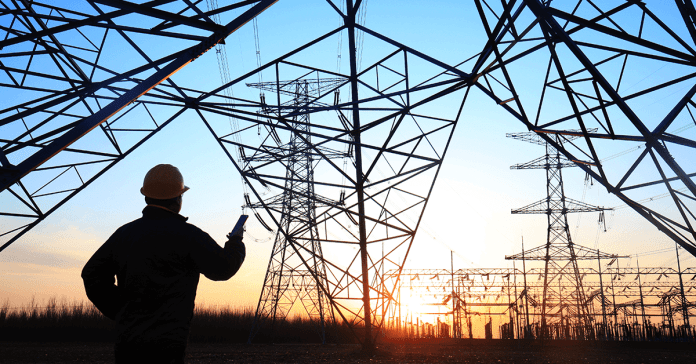Brazilian telecoms regulator Anatel has approved local energy distributor Neoenergia to operate a private LTE network in the 3.5 GHz frequency. It will be the first private LTE network in Brazil, and the first for smart electric grids in Latin America.
Finnish vendor Nokia secured the contract to supply the networking gear for the project at the end of 2018. The network will provide connectivity for grid equipment, smart meters, substations, and distributed energy generation sources in the region of Atibaia, near São Paulo.
The $13 million network will support 75,000 customers of Neoenergia’s consumer brand Elektro. The new network will provide open and interoperable connectivity for sensors and other devices. The build will be completed in the next weeks.
Neoenergia has 13.9 million customers in Brazil, and wants smart grid technologies across its national network, including to orchestrate grid supply so local distributors take charge of management of the system.
The company said LTE will be enable real-time data exchange between grid devices and Elektro’s operations centre in Campinas, in São Paulo.
Frederico Candian, director of technology at Neoenergia, said: “The use of the cellular network for smart grid operation shows our group’s pioneering spirit and commitment to delivering more quality to our customers.”
He added: “It is fundamental to have safe operations of the power grid at critical times and reliability for rapid recovery in the event of a power outage.”
Aguinaldo Luiz Sousa, account manager at Nokia, commented: “This technology is made up of two basic elements. One is the network and data management core, and the other is the radio access system, made up of [eNodeB] base stations and antennas that connect devices that have a network SIM card.”
He added: “Nokia’s main role is to connect all the elements of the project into a single system, 4G/LTE, as well as ensuring the evolution of the network to 5G in the near future…. [The] project was planned to maintain stable, resilient and secure communicationswith devices on its distribution network.”

